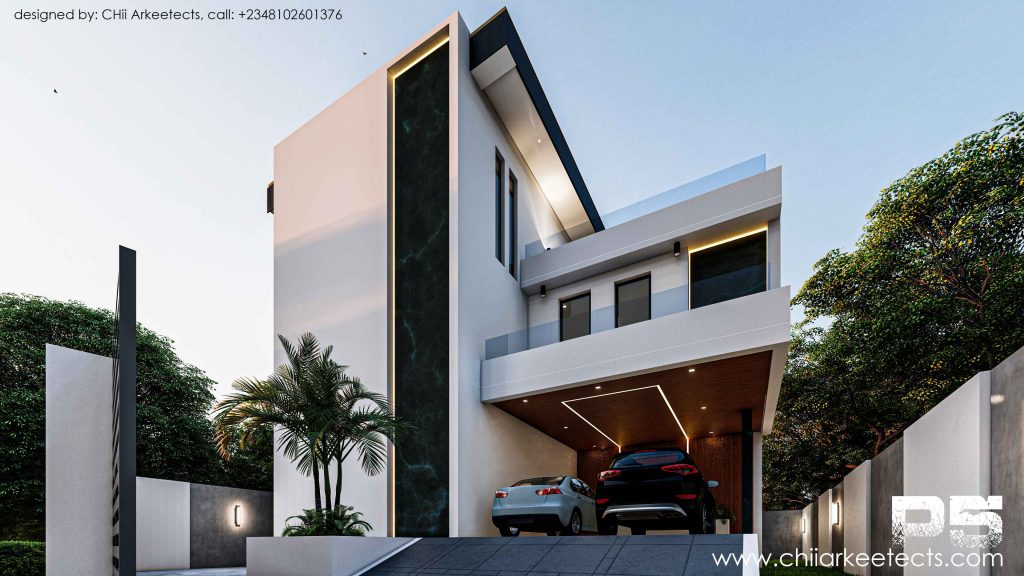Architecture has always been a reflection of personal and cultural identity. In recent years, a growing trend in residential design highlights the integration of personal lifestyles into architecture. From homes inspired by gaming consoles to designs reflecting hobbies or professions, these bespoke creations challenge traditional norms while raising critical social questions.
Personal Identity in Residential Design
The fusion of personal interests and architecture is a bold step toward self-expression. For example, designing a home inspired by a gaming console involves translating its clean lines, futuristic curves, and minimalist aesthetics into physical spaces. This approach celebrates individuality, offering homeowners a unique connection to their environment.
However, it also presents challenges. Such projects are often resource-intensive and exclusive, accessible primarily to those who can afford customization. This exclusivity raises concerns about social equity and whether such design trends deepen divides in housing accessibility.
Broader Impacts on Urban and Social Spaces
Highly personalized designs often stand out in urban settings, potentially disrupting visual harmony and community coherence. While they add diversity to the architectural landscape, they also demand thoughtful integration to avoid alienating shared spaces.
Sustainability is another critical concern. Unique designs require innovative materials and methods that may or may not align with environmental goals. Architects must strike a balance between aesthetic ambition and ecological responsibility.
Navigating the Future of Personalized Architecture
Architects and urban planners have a responsibility to address these social challenges:
- Inclusivity: Developing models that make personalized design accessible to a wider demographic.
- Sustainability: Prioritizing eco-friendly practices in bespoke projects.
- Community Harmony: Ensuring individualized designs complement rather than conflict with urban environments.
By fostering a thoughtful dialogue between personal expression and societal needs, the architectural community can help redefine what it means to create spaces that are both meaningful and inclusive.
The integration of personal identity into architecture offers exciting opportunities but must be approached with care to ensure it benefits not just individuals but society as a whole.

